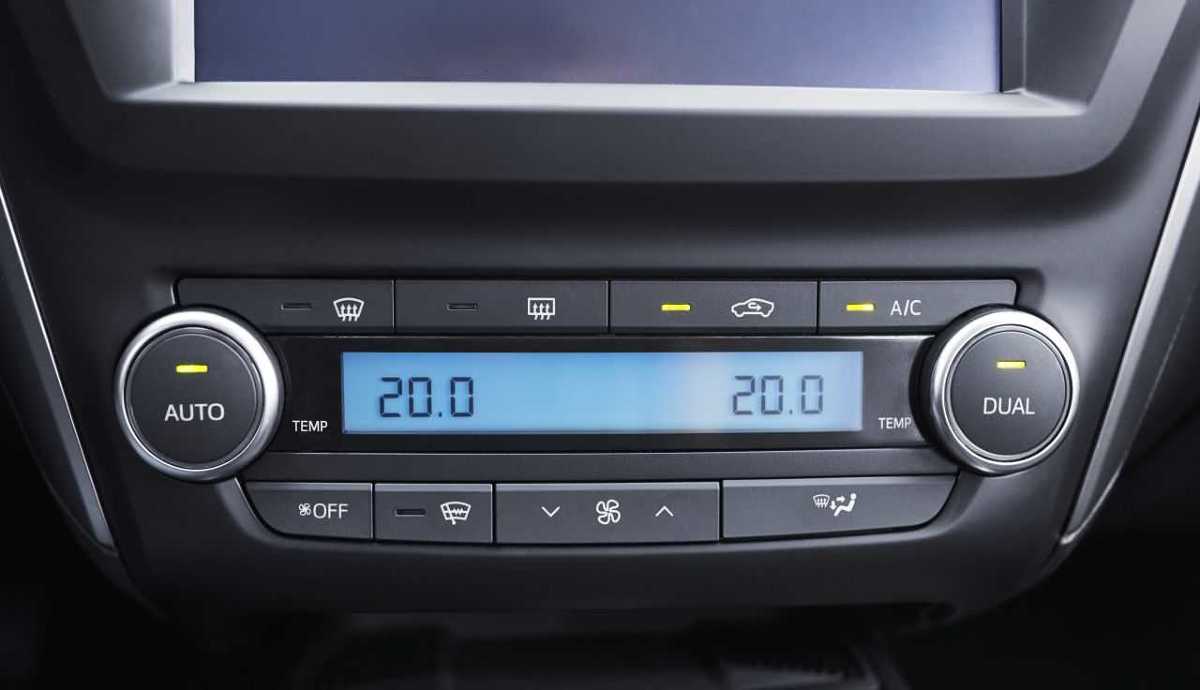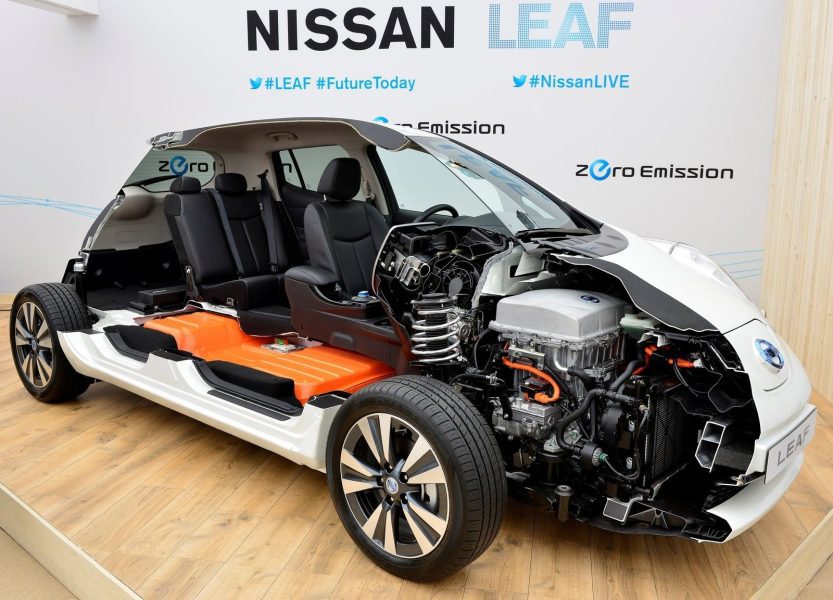
Air conditioner. How does it work and how should it be tested?
 It is worth thinking about the review of the air conditioner now, while it is not hot yet. Thanks to this, we will avoid possible problems with "air conditioning" and queues in the workshops.
It is worth thinking about the review of the air conditioner now, while it is not hot yet. Thanks to this, we will avoid possible problems with "air conditioning" and queues in the workshops.
Spring is the time to check the air conditioner. Experts say that this should be done at least once a year, and preferably twice a year - in early spring and autumn. It is worth taking care of this complex system, consisting of expensive components.
The cost of negligence can run into the thousands of zlotys. You often have to remember this yourself, because even authorized workshops can convince customers that their air conditioner does not require maintenance. And there are no such systems, and you cannot be misled by false assurances!
See also: Car repair. How not to be deceived?
Even with a fully functional air conditioner, annual losses of the working fluid can reach 10-15 percent. And for this reason, it is necessary to check the status of the system. It is also worth knowing what to do during the inspection to ensure professional service. We write about this below, adding some important news and interesting facts about the air conditioner in the car.
How does the air conditioner work?
– The process begins with the compression of the working fluid in gaseous form by a compressor and its supply to the condenser, which is very similar to a car radiator. The working medium is condensed and in liquid form, still under high pressure, enters the dryer. The working pressure in the high pressure circuit can exceed 20 atmospheres, so the strength of pipes and connections must be very high.
– The dryer, filled with special granules, traps dirt and water, which is a particularly unfavorable factor in the system (interferes with the operation of the evaporator). Then the working medium in liquid form and under high pressure enters the evaporator.
See also: How to care for the battery?
– The working fluid is depressurized in the evaporator. Taking liquid form, it receives heat from the environment. Next to the evaporator is a fan that supplies cooled air to the deflectors and then to the car interior.
– After expansion, the gaseous working medium returns to the compressor through the low pressure circuit and the process is repeated. The air conditioning system also includes special valves and controls. The compressor is lubricated with special oil mixed with the working medium.
Air conditioning “yes”
Longer driving in a very hot car interior (40 - 45 ° C) reduces the driver's ability to concentrate and coordinate movements by up to 30%, and the risk of an accident increases significantly. The air conditioning system cools the driver's environment and achieves a high degree of concentration. Even many hours of driving is not associated with specific fatigue (fatigue) associated with prolonged exposure to high temperatures. Many automotive professionals consider air conditioning systems to be a safety feature.
The air from the air conditioner is well dried and perfectly removes water vapor from the windows. This process is much faster than with air taken directly from the car. This is especially valuable in the summer when it rains (despite the heat outside, the inside of the glass fogs up quickly) and in autumn and winter, when the deposition of water vapor on the glass becomes a serious and frequent problem.
Air conditioning is a factor that enhances driving comfort for everyone in the car on hot days. The best mood allows you to have a pleasant journey, passengers do not have to sweat, thinking only about a cool bath and the need to change clothes.

